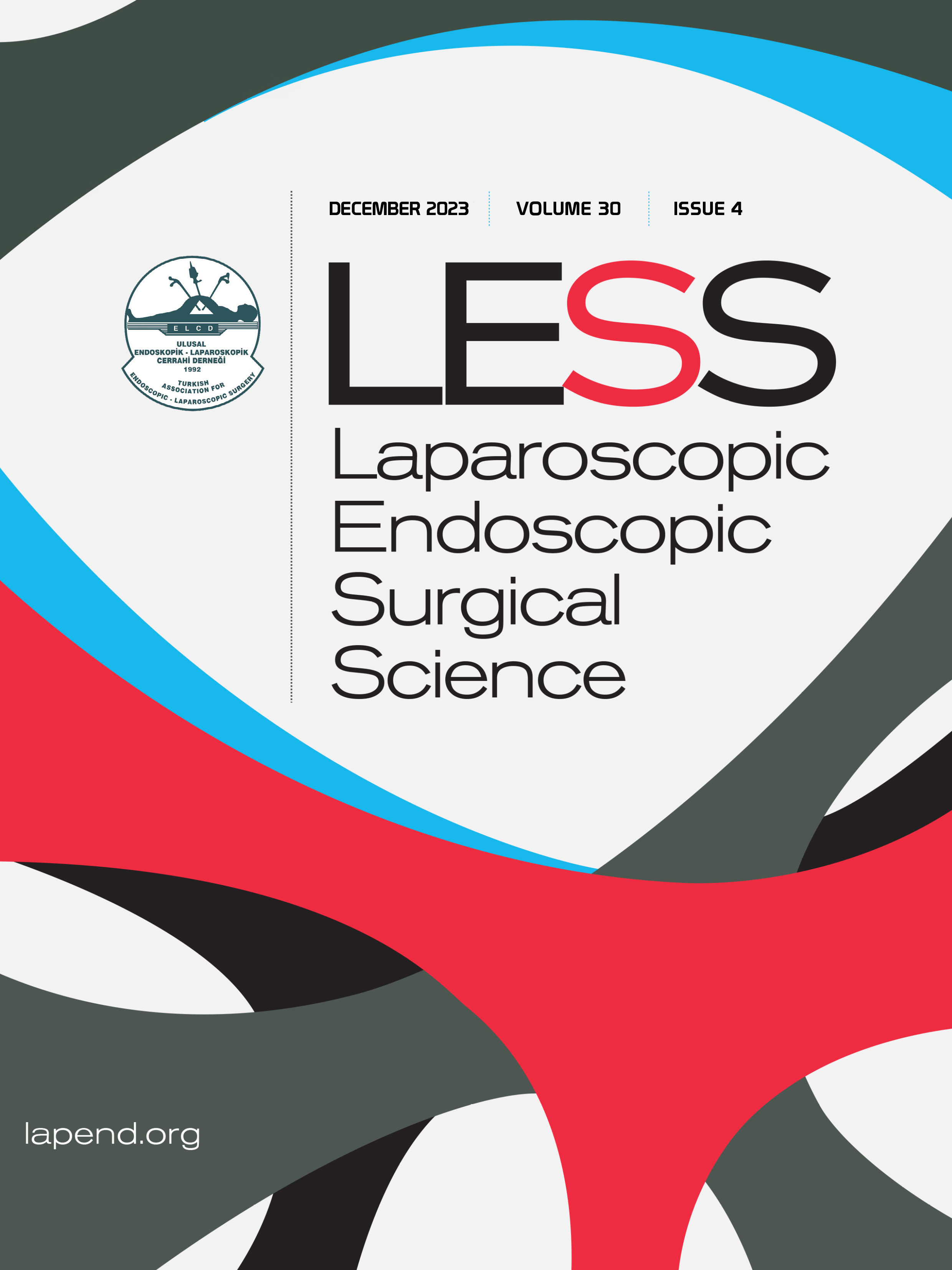Evaluation of the results of colonoscopy in patients with a positive fecal occult blood test for colorectal cancer
Bülent KocaDepartment of General Surgery, Bafra State Hospital, Samsun, TurkeyINTRODUCTION: The objective of this study was to present the pathological findings of fecal occult blood tests and results of colonoscopy procedures to discuss the clinical implications in the context of the current literature.
METHODS: The results of a total of 205 patients (122 male, 83 female) aged 50 to 75 years who underwent a fecal occult blood test for stitching without a clinical complaint and who underwent colonoscopy due to positive results were retrospectively reviewed. Fecal occult blood screening was performed using the fecal immunochemical test method in all patients.
RESULTS: The mean age of the patients was 63 years (range: 5075 years). Of these patients, 13 (63%) were found to have a colon tumor, 59 (28.7%) had colon polyps, 1 (53%) had colon diverticulum, 8 (3.9%) had inflammatory bowel cast, 6 (2.8%) had hemorrhoids, and anal fissure was determined in 3 (1.4%). Nine (69%) of those with colorectal cancer were in the early stages (stage III), 2 patients (15%) were in the advanced stage and 2 patients (15%) were in the advanced stage. Non-neoplastic polyps were found in 18 of the 59 patients with colon polyps. Nonneoplastic polyps were detected in 41 patients.
DISCUSSION AND CONCLUSION: The use of a fecal occult blood test in colorectal cancer screening followed by a colonoscopy when there are positive test results is an effective and essential method of assessment.
Corresponding Author: Bülent Koca, Türkiye
Manuscript Language: English












